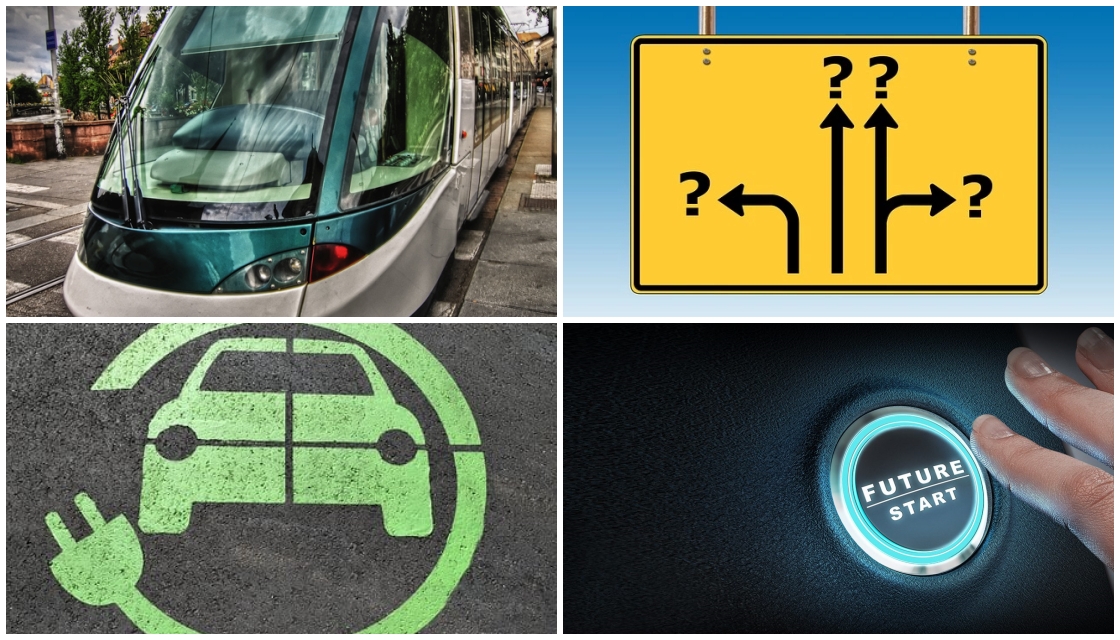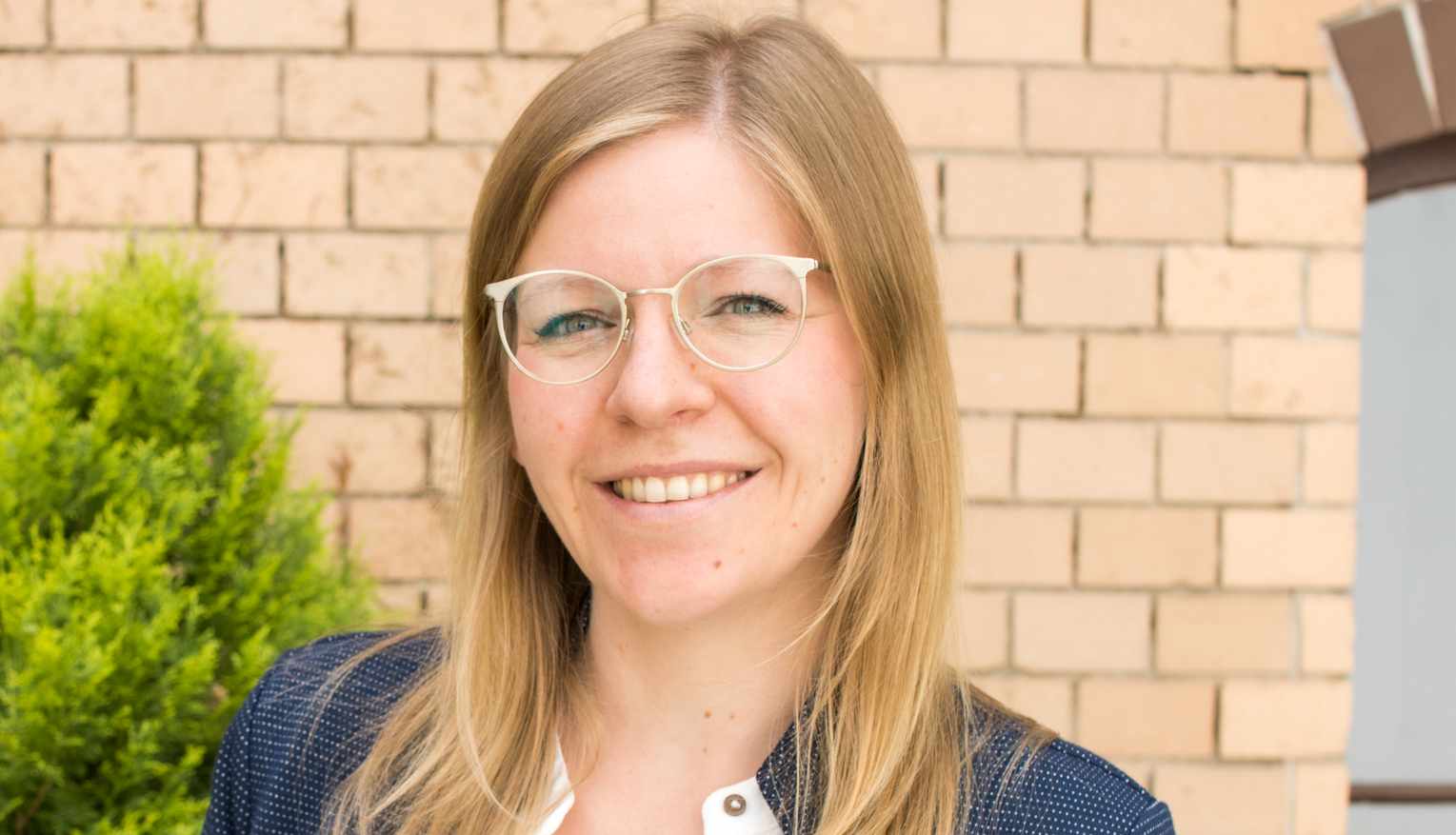structural development
Structural development easily explained: what is behind the 67 million euros for the model project "ÖPNV für Görlitz".
- structural development
- Hits: 2612

ENO project manager Heike Schleussner has been working in the municipal team of the structural change project group since June 14, 2021 and advises municipalities and communities.
She is an experienced transport expert who, after completing her Master of Science in transport economics at the TU Dresden, worked as a research assistant and then set up her own company. With the Mobility Works GmbH, she has designed mobility concepts for many cities and municipalities in Germany. So it is being investigated where and what transport options need to be created in order to enable people to have sustainable and environmentally friendly mobility. The district of Görlitz and Lusatia were also your project partners. Now she explains to us how modern mobility is designed - and thoroughly cleans up with the idea that Görlitz will invest 67 million in coal exit money "only in new trams".
You might think: “Trams run in Görlitz, and there are also buses in the district. If you can't plan meticulously, you sometimes have to wait a long time, but on a large scale, a lot works." Very simple question for the specialist:
Where do you see room for improvement in traffic in the district of Görlitz?
numerous challenges that have room for improvement in my everyday life alone : it starts with the “ last mile ” to the train station and the flexibility of the offers and ends with digitization and networking . Why can't I just use established apps like Googlemaps or DB Navigator to plan my route through Lusatia and book tickets? Only if it is easy despite different means of transport and zones for everyone !
For example, many great offers are hardly known due to the lack of networking Did you know that there a flexible eBike rental offer in Görlitz ? The digitization and networking of transport services form the basic prerequisite for tackling a traffic turnaround .
Could you please explain that to us laypeople?
To put it simply, this also means that problems that everyone in rural areas can observe every day are solved: a 12-metre-long bus transports expensive air outside of peak times according to a rigid timetable. - based flexible shuttles /minibuses or sharing offers help to resolve this . However, the prerequisites for this flexibility are the networking of the offers , the corresponding infrastructure , innovative vehicle concepts and digital passenger information .
How could traffic be improved in the future? What does the buzzword “transport revolution” mean in concrete terms?
The traffic turnaround is actually the combination of the energy turnaround, i.e. the switch from conventional to renewable energy production and energy saving, and the change in traffic behavior , i.e. traffic avoidance or the switch to more sustainable means of transport . This means means of transport from the environmental network - i.e. public transport, train, sharing offers, foot and bike . This is possible, among other things , by switching from the internal combustion engine to alternative drives and by using the environmental network . However , more supply alone is for a turnaround in transport . , new, flexible, demand-oriented offers must also be financially viable , which means new business models , and on the other hand, they must also be used.
In concrete terms, this means that more people, especially here in rural areas, would use more attractive public transport - or should they?
In rural areas in particular, the use of public transport is currently of little importance because it is often not particularly attractive . Many are not even aware of the offers . I commute by train from Dresden to Görlitz and attend appointments throughout the district, always trying to reach my destination by bus and train . It often works - but at my appointments, the partners sometimes greet me with the incredulous words: “What? You came here by public transport ?!” . Most use their own car because they are not used to anything else. It's hard for anyone to break their habit. the more important that large-scale model projects generate awareness and thus also take away a certain amount of reservations. Alternative forms of financing are also exciting, which companies, tourist facilities or commercial areas in the planning, so-called beneficiary financing As a result, not only can the offer be improved for specific target groups , but new sources of income and new customers also reached .
You just mentioned it: model projects. On November 3rd, 2021, the decision was made to use Görlitz public transport. The city of Görlitz gets 67.7 million euros! This is to be used to finance new, innovative trams, create an improved infrastructure with modern passenger information and also buy buses with alternative types of drive. The entire public transport system is to be modernized and expanded. Can you put these keywords of the model project in more concrete terms? How do you approach such a huge project as a traffic expert?
not quite as banal as it now portrayed . There's a lot more to it than just new trams! On the one hand, it is the only pilot project together with the Central German Revier . That alone is an important step for the urgently needed technology and knowledge transfer ( from others instead of reinventing the wheel) . On the other hand , the project fits in very well with the existing research projects at the Siemens Innovation Campus on the topics of hydrogen mobility and automated driving . In addition, thanks to the GVB the region has a really strong partner , Leipziger Verkehrsbetriebe , at its side . Among other things, they are of the pioneers in Germany with their n test fields for automated driving ABSO L UT and flexible on -demand offer Flexa in the outskirts The city of Görlitz, GVB and the district of Görlitz have thus also initiate a Lausitz Cluster Mobility (LCM) according to the goals of the coal commission and thus start many other future projects and create a unique selling proposition .
That really sounds like a lot more than “just new trams”...
Yes , in addition to the automation system and the communication infrastructure, the implementation of innovative traffic concepts also requires suitable vehicles as a basis . So one makes no sense without the other – the single investment would be like a three-legged chair. Network-capable vehicles are also the basis for the use of alternative drive technologies, because only if the control center has insight into the battery charge status or when the next hydrogen refueling is necessary can smooth processes be guaranteed.
Here in Görlitz and the surrounding area , have started to look at the transport system as a whole from highly automated, needs-based district shuttles (district on-call buses ) as feeders to the traffic control system . In combination with P&R spaces, this should equalize of traffic in the city and reduce traffic looking for a parking space . In this sense, not only the planned use of alternative drive technologies and thus the connection to the research institutions is exciting, but also the digitization of the control center and the depot management . Because to achieve efficient vehicle deployment
Here you can find more information about automation and the latest developments at the TU Dresden.

Master of Science in transport economics at the TU Dresden, now project manager at the ENO: Heike Schleussner
Finally, you probably already have a vision for traffic in 2038 – please tell us about it!
Perhaps my personal dream vision for the year 2038: There are central main routes that are regularly traveled by train. no longer a problem at all thanks to the "Deutschlandtakt" or the PlusBus systems and the networking of the offers little , I can book a shuttle bus to the main rail route using a multimodal ( combining several transport options ) drive to my destination in a relaxed manner with other passengers using a ridepooling service ( collective trips ) All of these e- directly by an easy-to-use app including driving time and costs In the future, it may also be possible to make if you want to start using public transport in Dresden. But even smaller communities can be reached regularly, ie at least every hour, via on-demand services. The car ownership rate has dropped to 0.20 because owning a car is simply no longer necessary. All middle and upper centers are equipped with wide and primarily signposted bike paths and are very easy to reach by bike.
Thank you very much, dear Heike - and best regards!
Your
Yasna
Thank you for rating this post.
